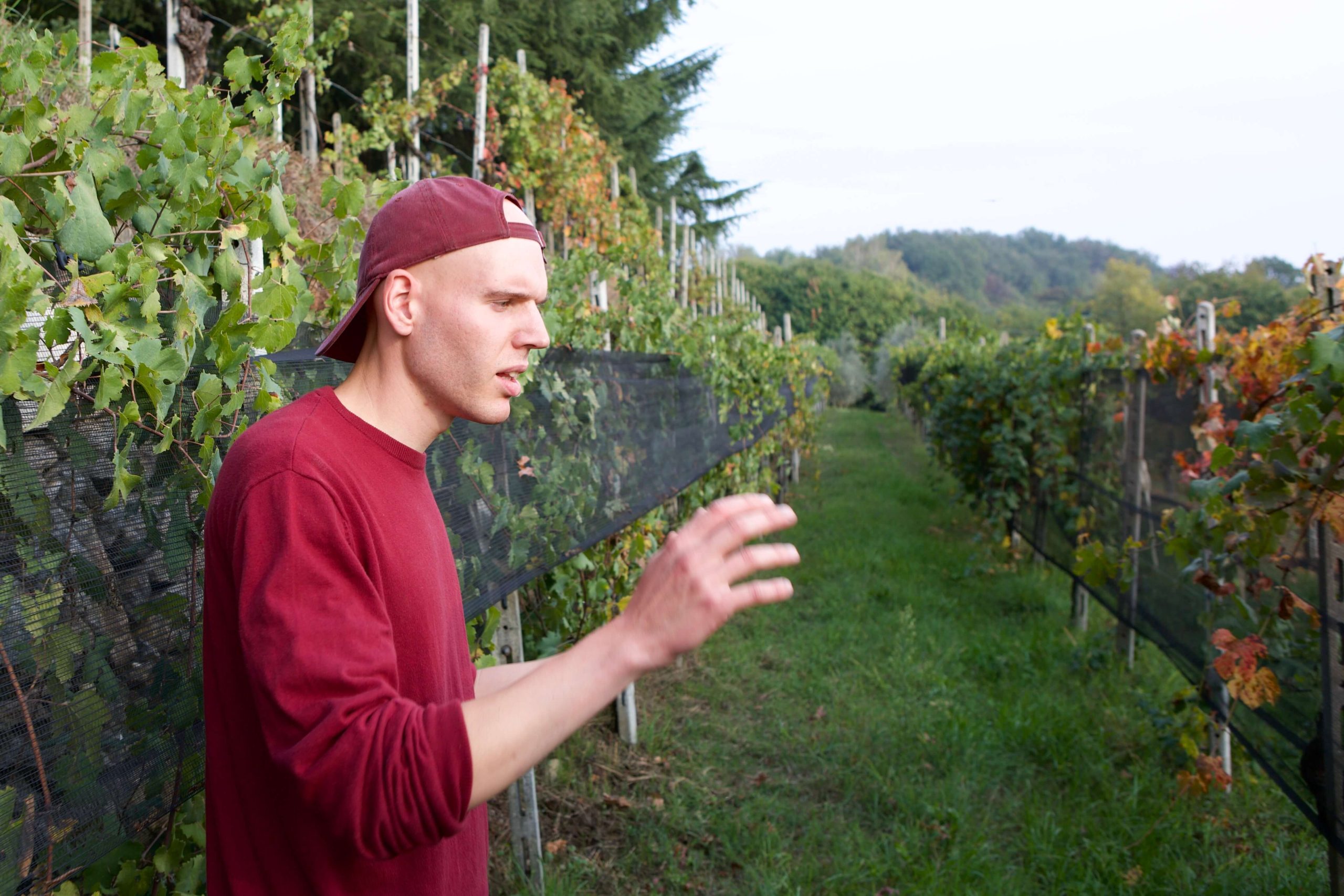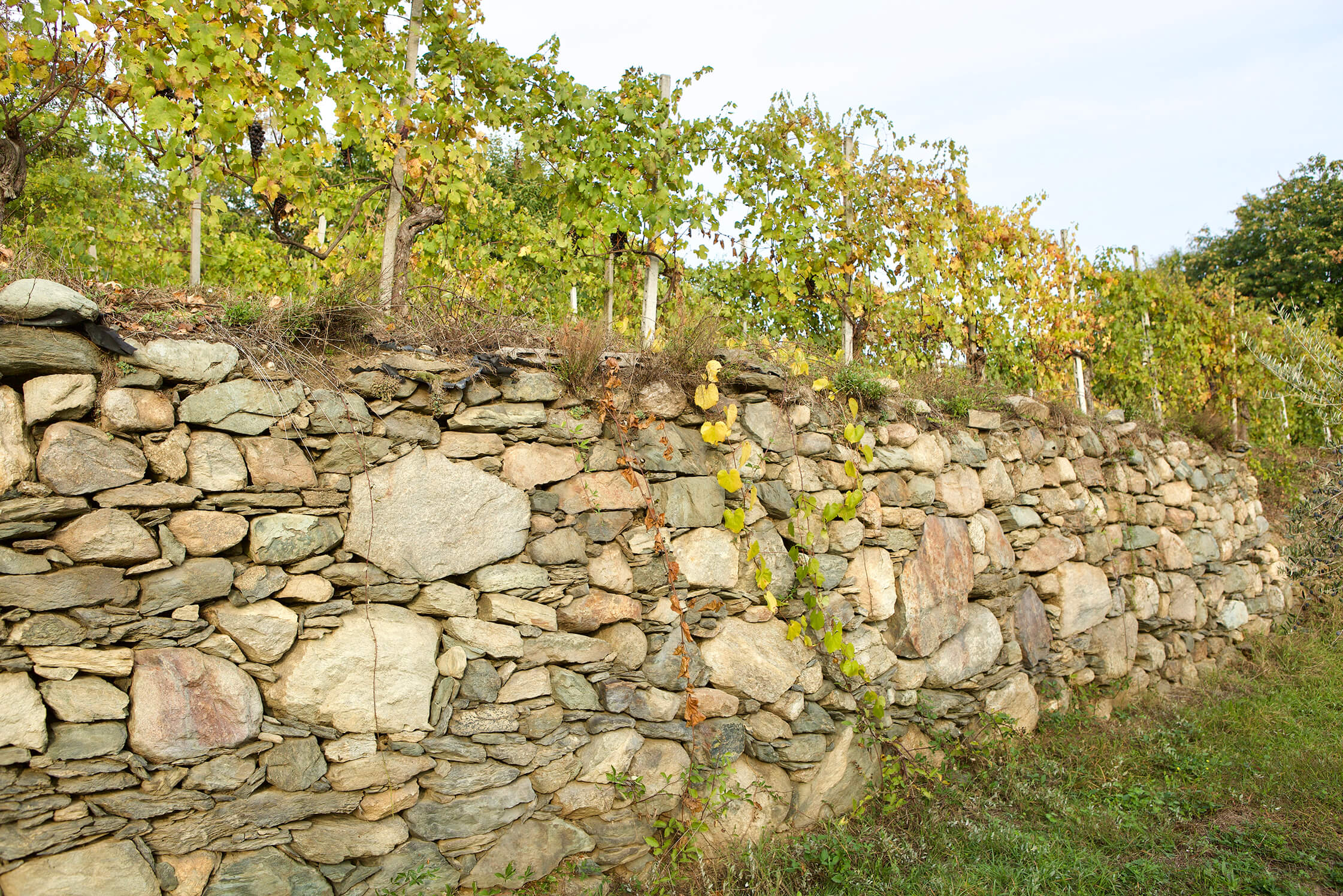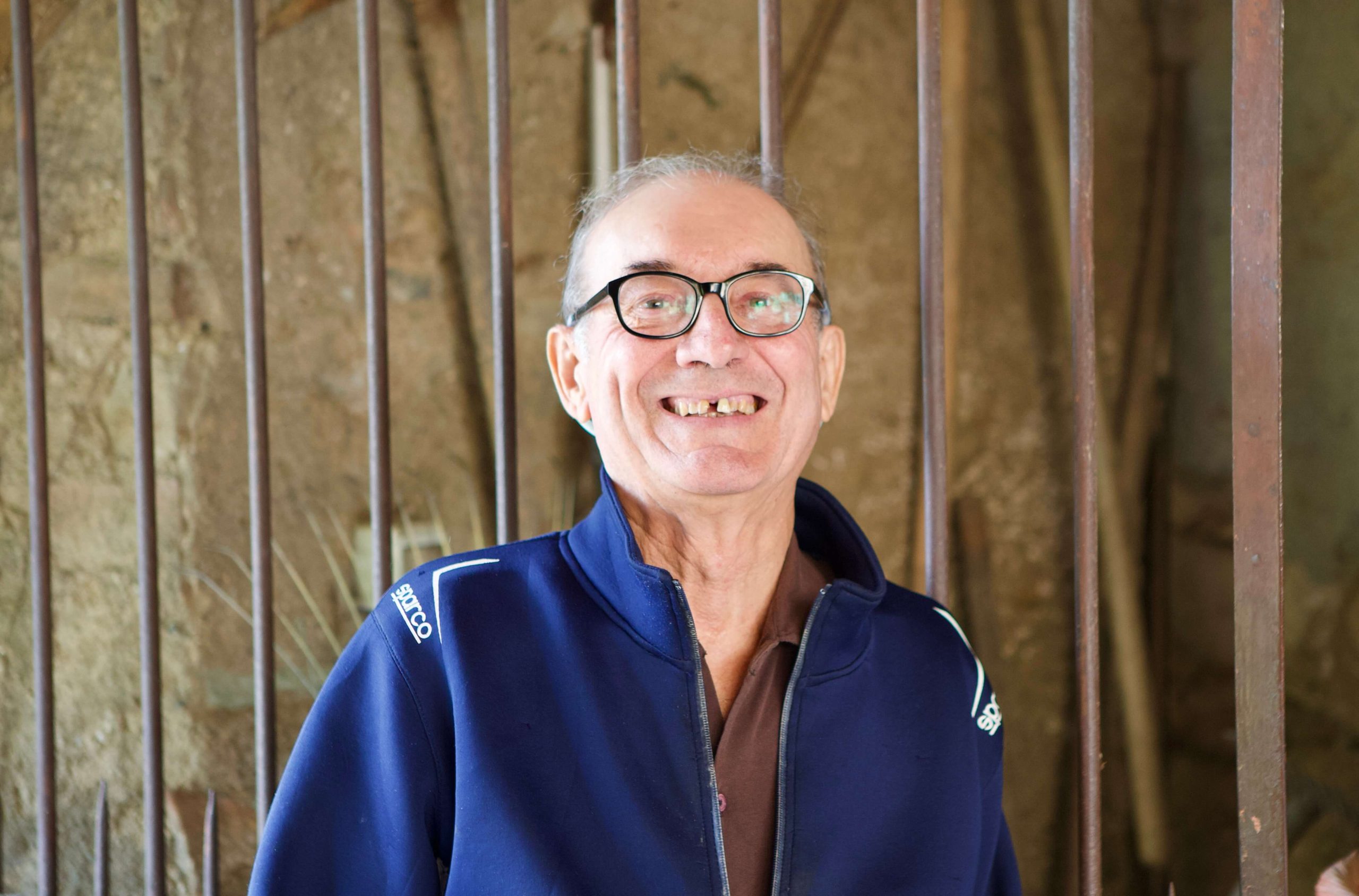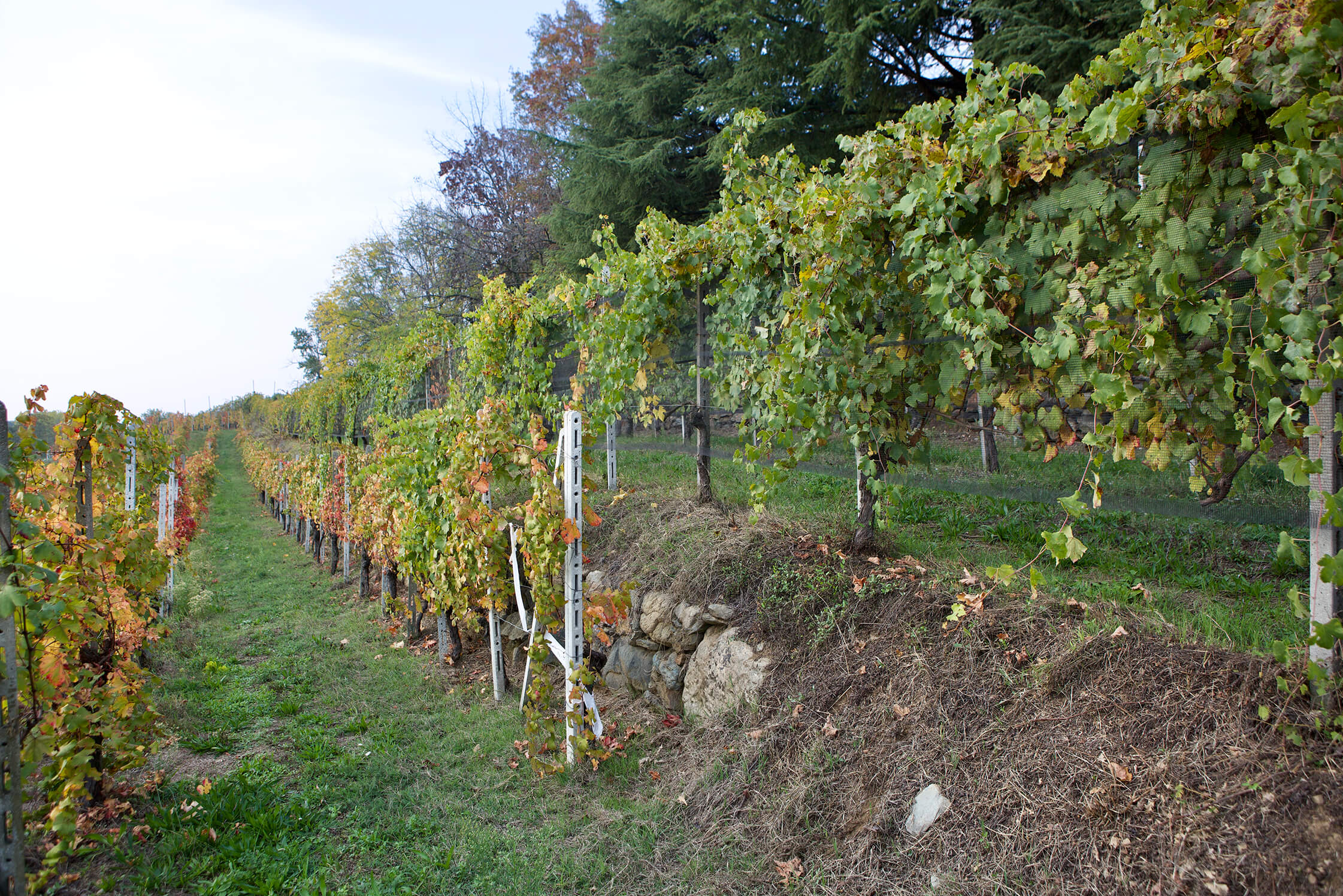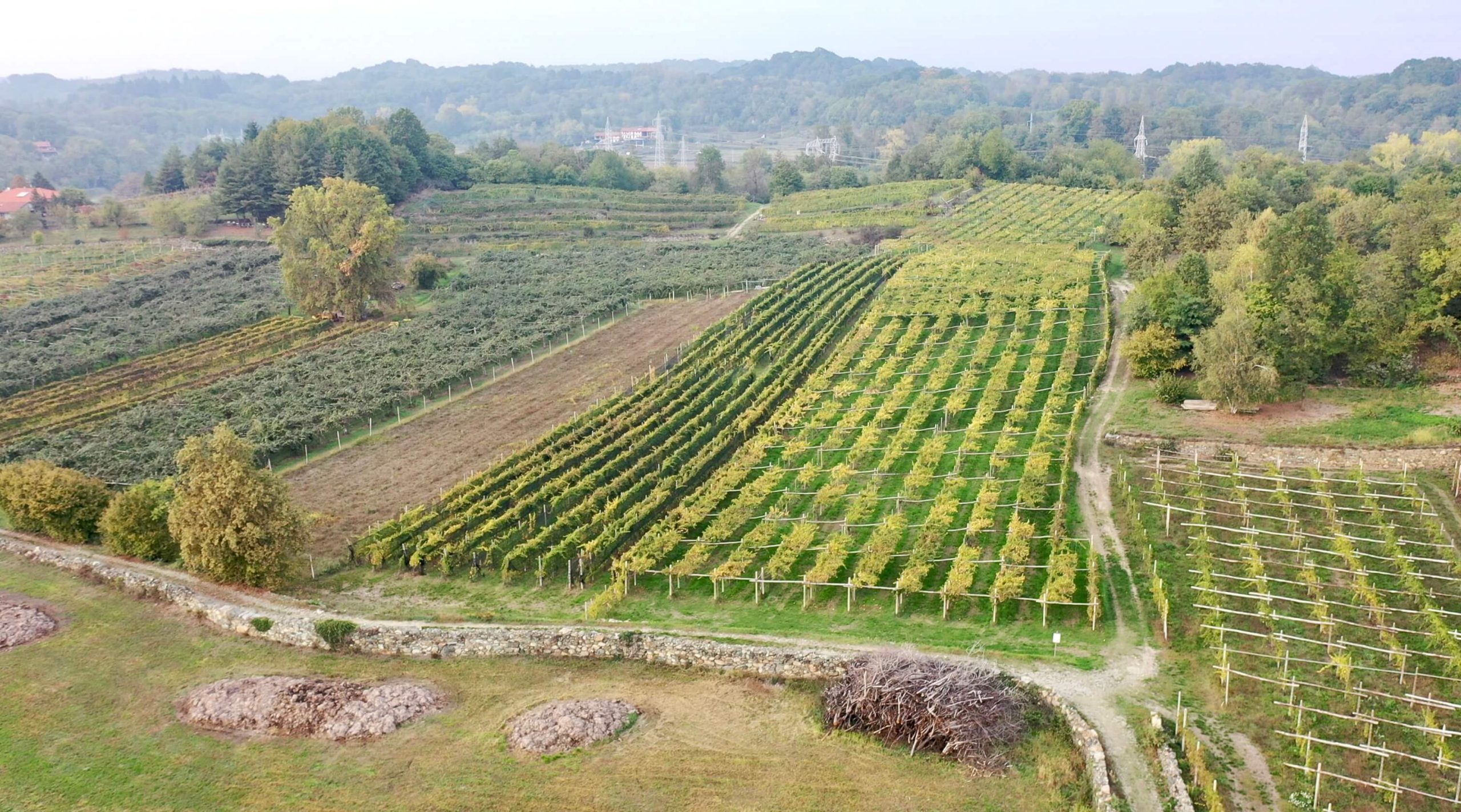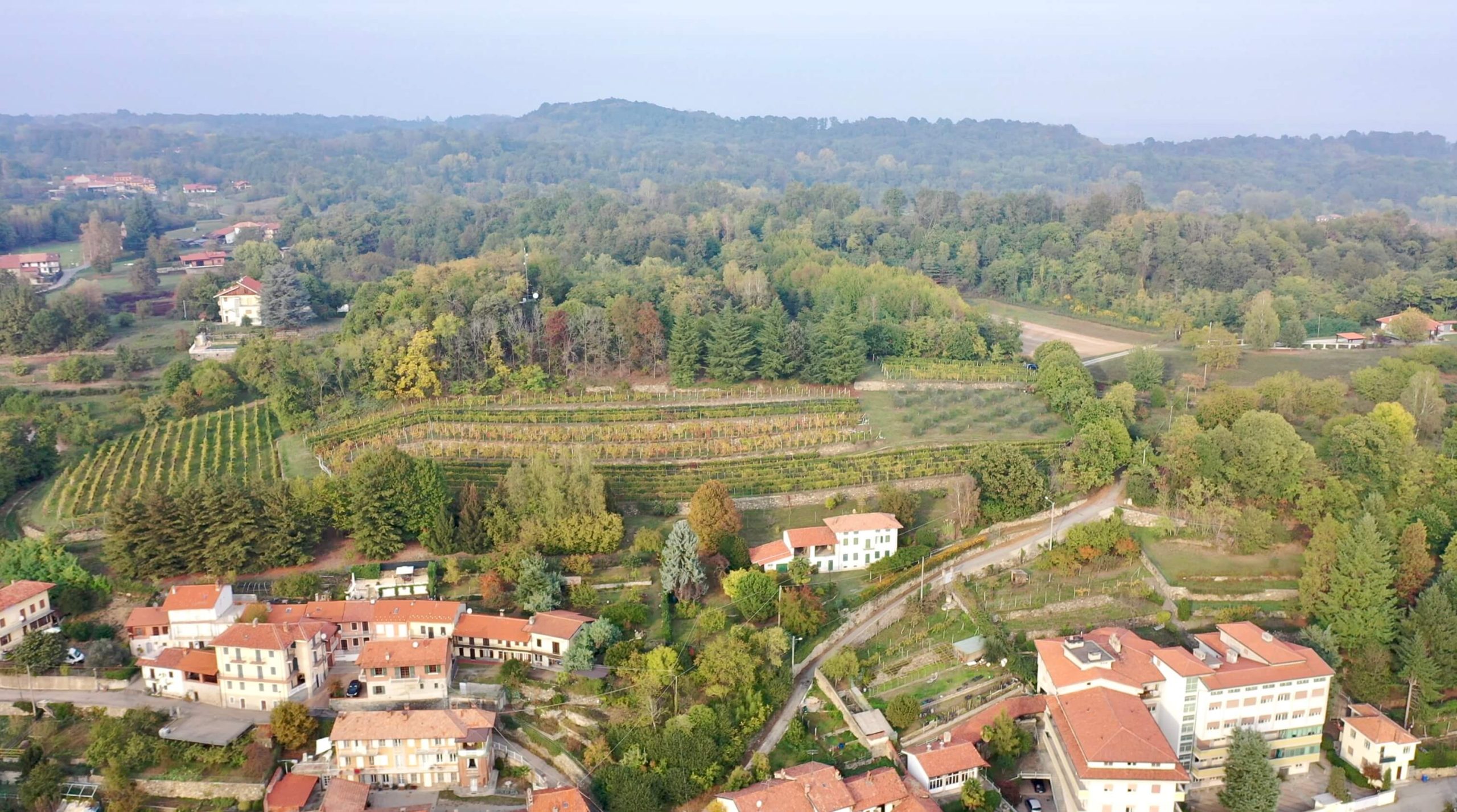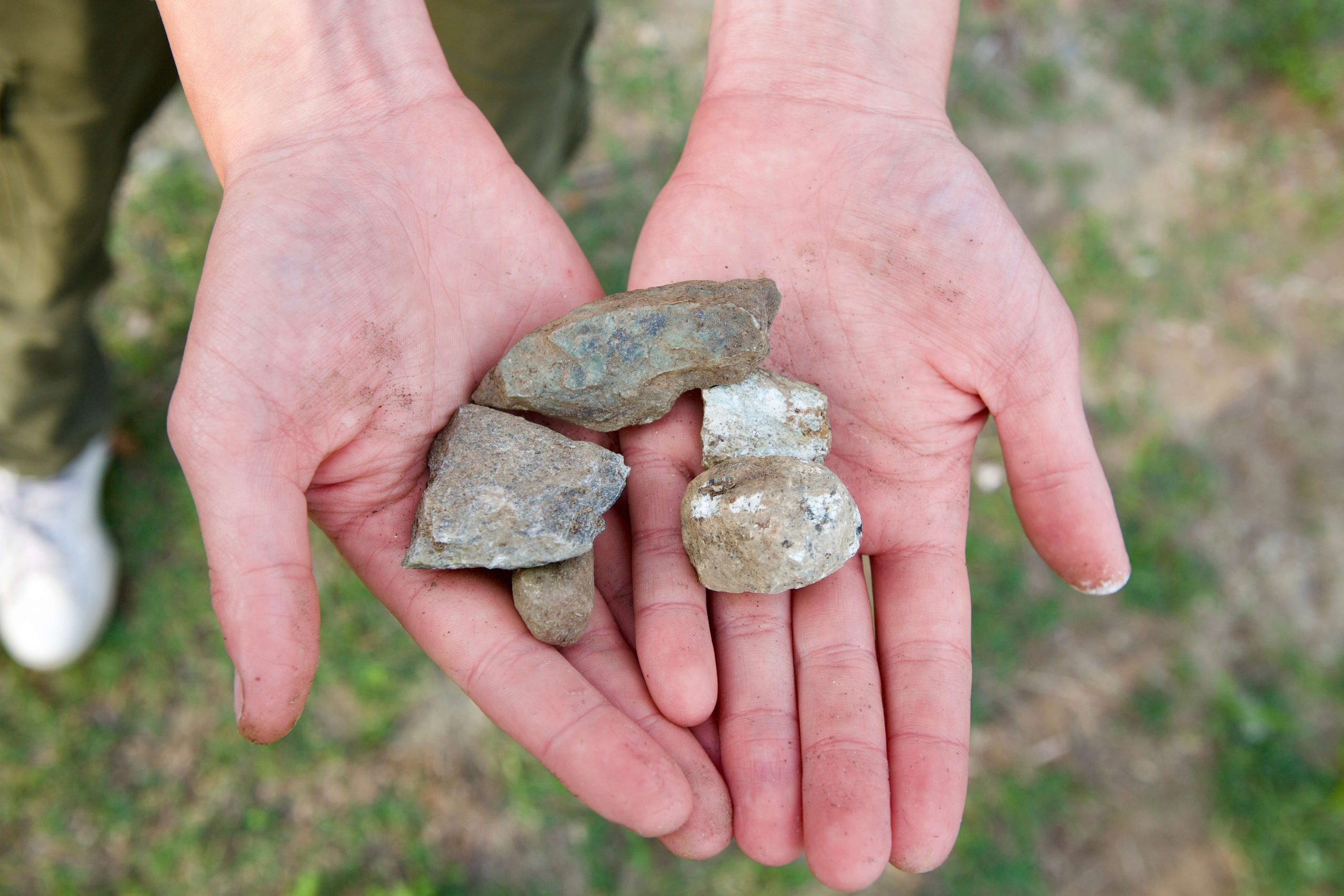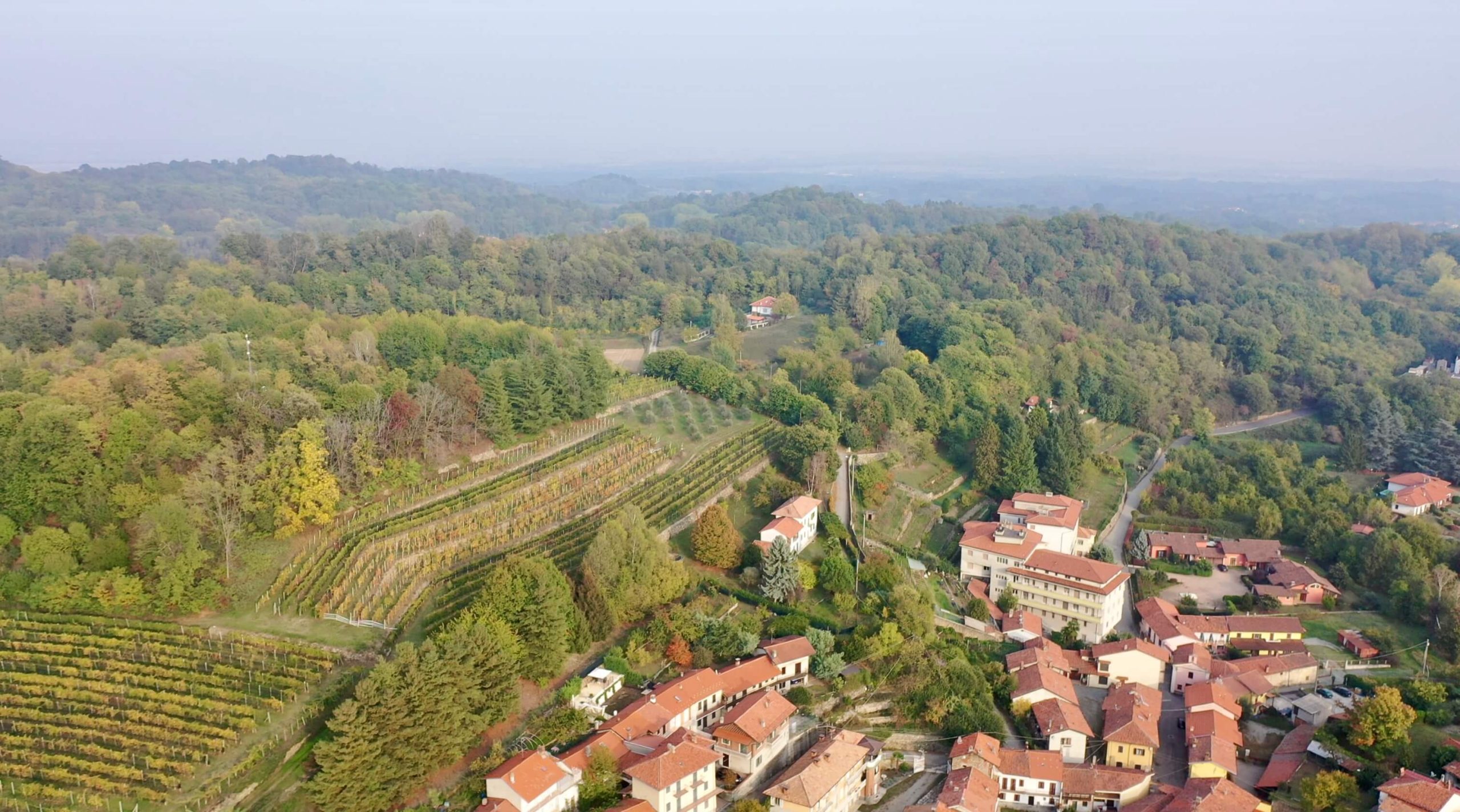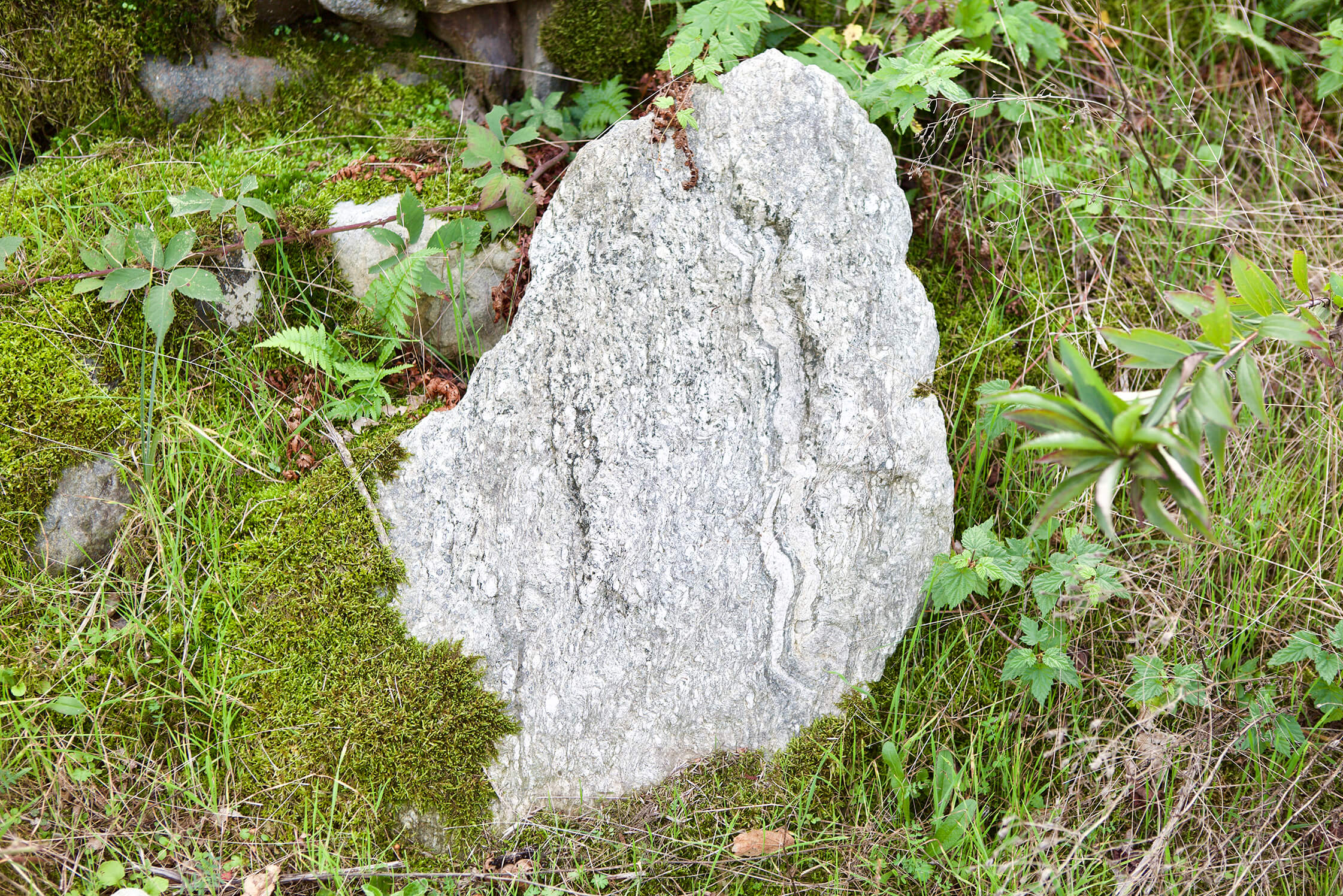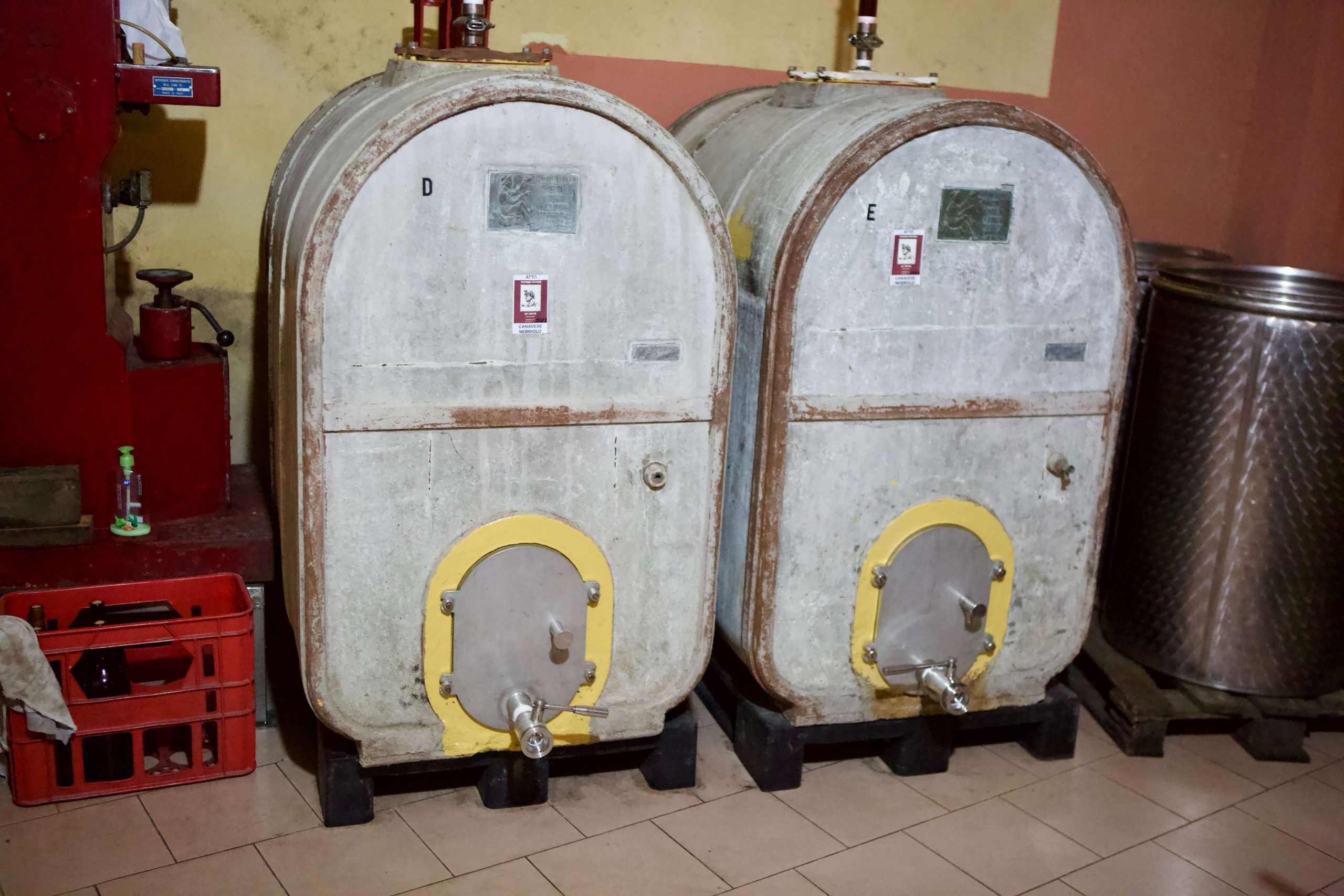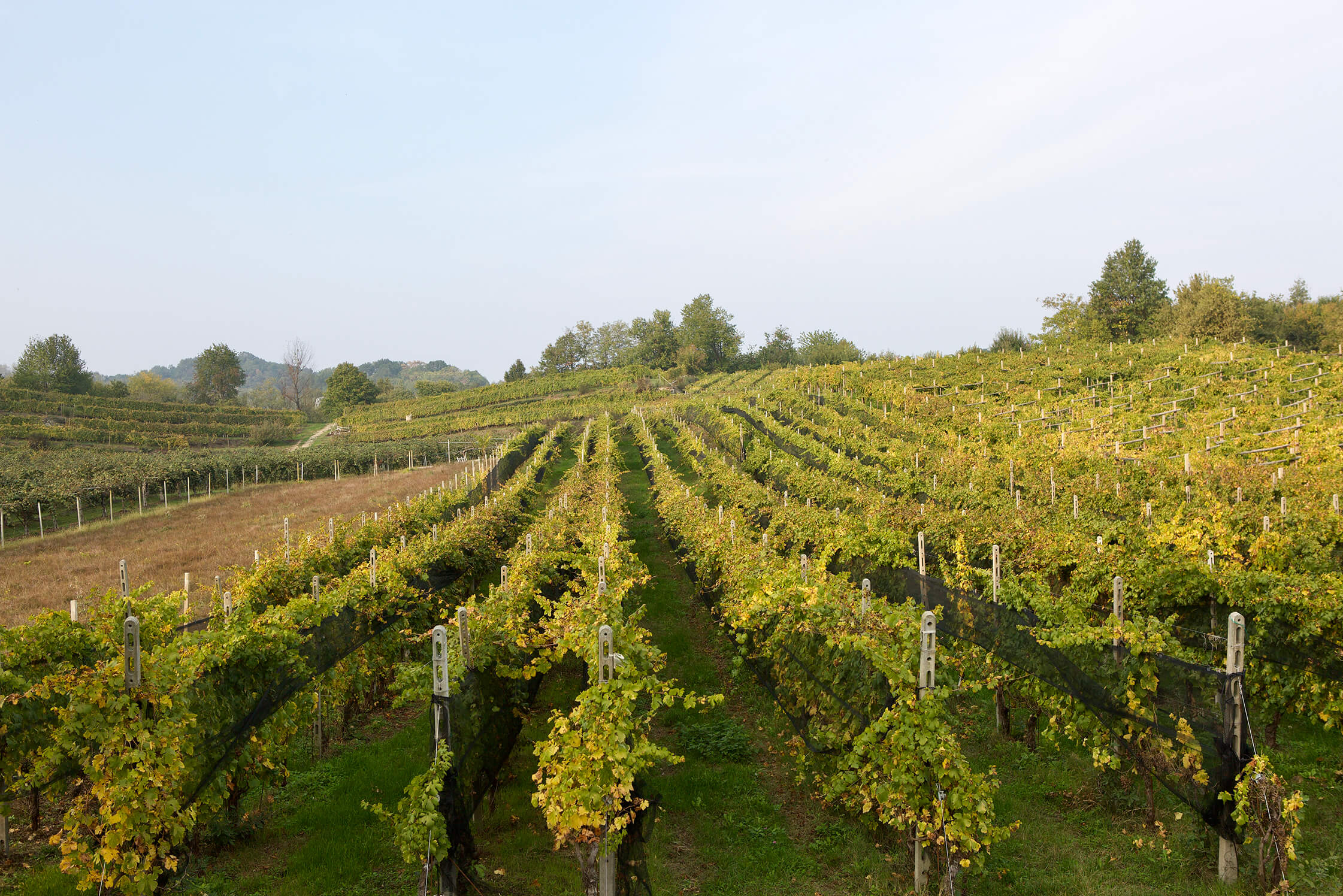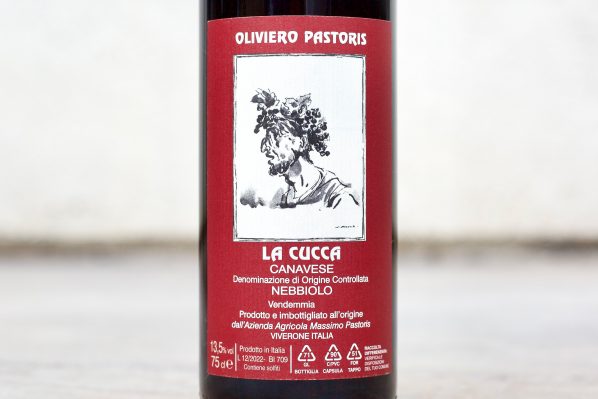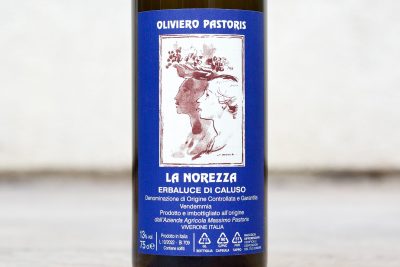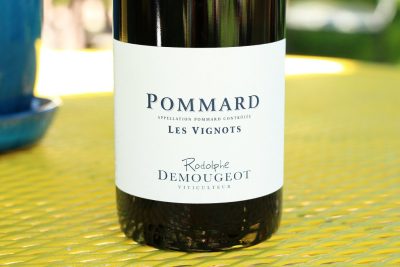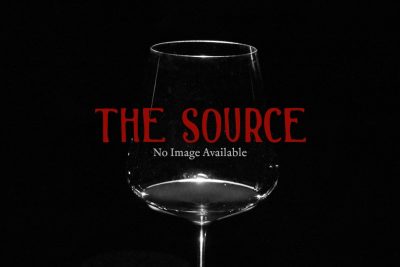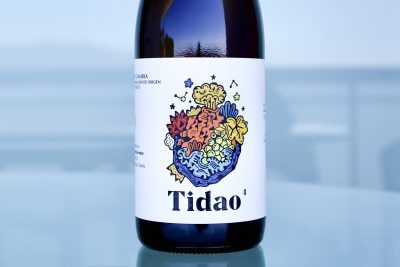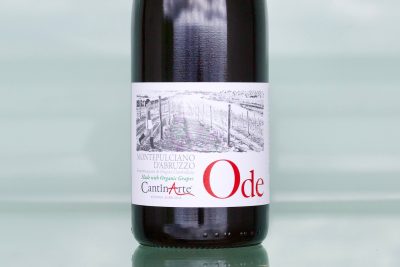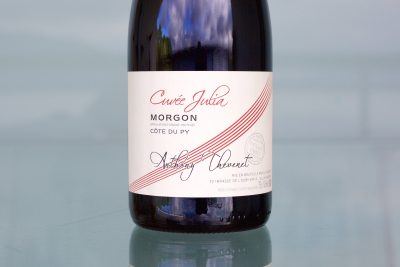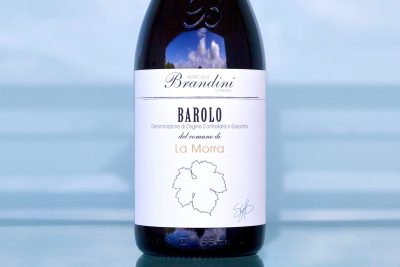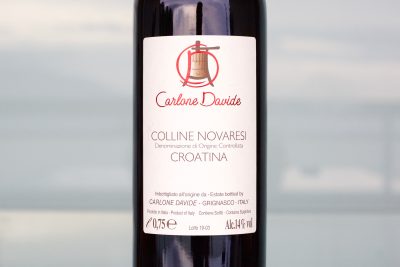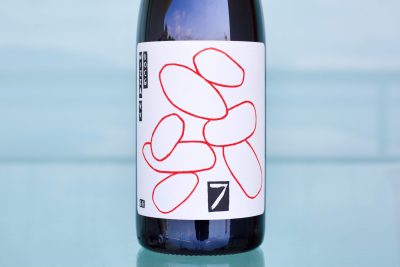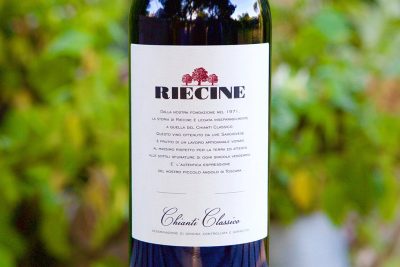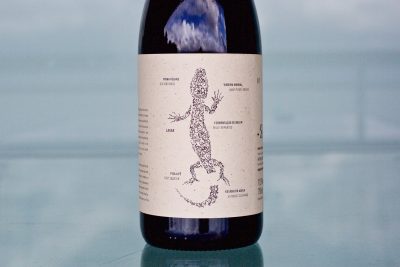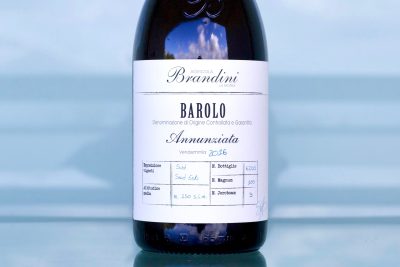Massimo Pastoris
Photography and writing by Ted Vance.
“Maybe I’m only more maniacal than my father,” Eugenio says, “but I understood from him that nature is something that you can’t completely control. We must work well in every moment of the season, but the most important job is made from the soil, and we can only make mistakes against the harmony of nature.”
After years of Latin and Mechanical Engineering studies and a short apprenticeship with a precise and attentive pizzaiolo in Toronto, Eugenio Pastoris realized his scientific mind wasn’t meant to be working behind a desk or making pizza (or being a racing engineer for Formula 1, a sport he’s still obsessed with). It was to return home to his family’s organically farmed (since 2013, certified), untilled vineyards (an insistence of Massimo for decades) in Viverone, on the eastern end of the Erbaluce di Caluso appellation, close to Alto Piemonte. There, his dream is to revolutionize Erbaluce and Nebbiolo in the area and return to the lost local appellations, Collina Morenica Bianco, made in the hills of Viverone (their hometown) with Erbaluce, and Collina Morenica Rosso Rubino, made with either Nebbiolo, Freisa, Croatina and/or Barbera. Both classifications were abandoned when Italy joined the European Union, but they’ve claimed the appellation names Erbaluce di Caluso and Canavese Nebbiolo.
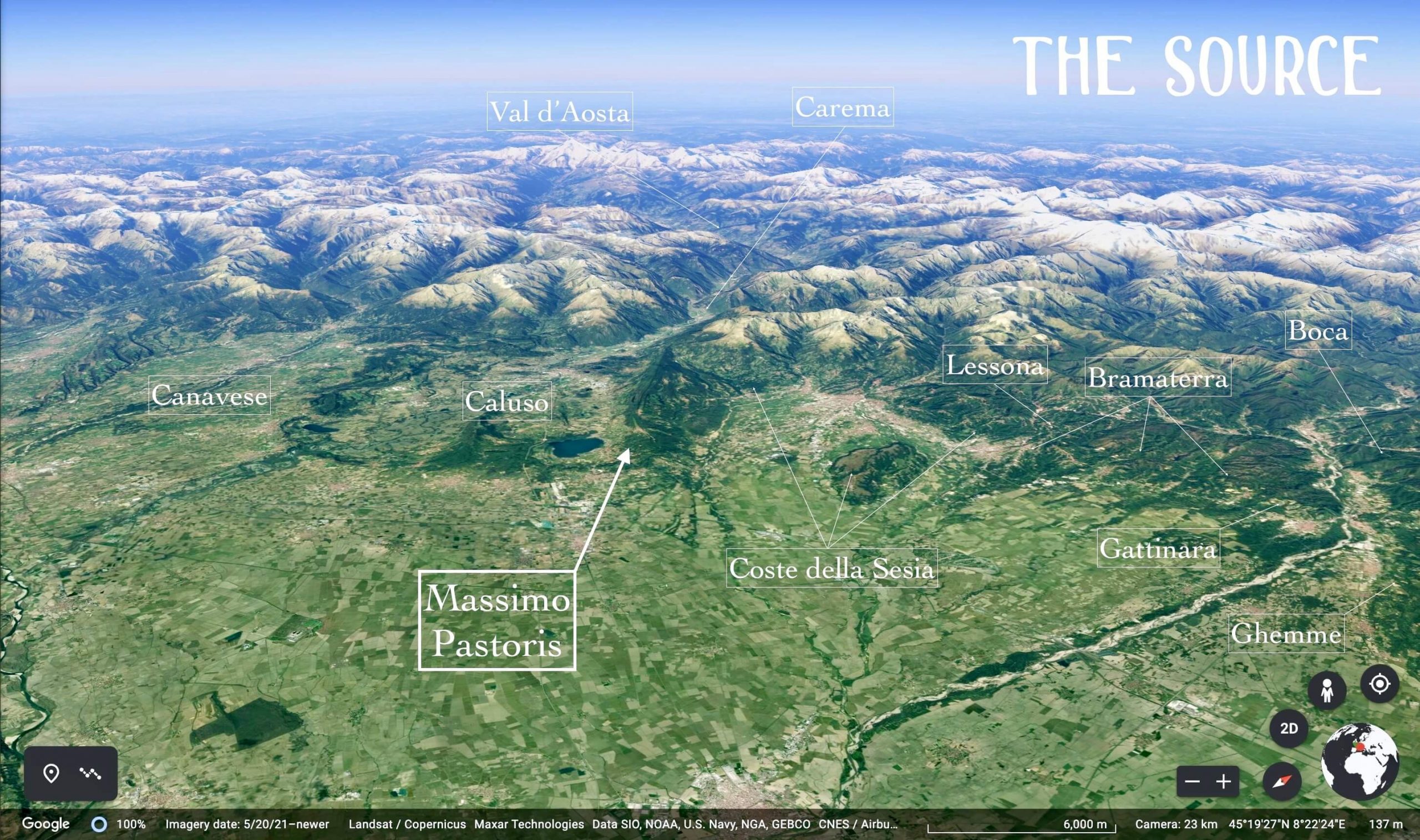
It’s difficult to ask for more from the wines bottled at the beginning of the 2020s, after only a few years of Eugenio working with his father, Massimo, and the addition of enologist, Cristiano Garella, northern Piemonte’s global crusader. It’s also hard to say which wine Eugenio has a greater grip on, Erbaluce or Nebbiolo; they’re both stunning, tightly framed and varietally expressive and terroir strong with beautiful subtlety and purity. The Erbaluce vibrates in the same line of a great Burgundy from colder areas, Loire Chenin Blanc, and Campania’s Fiano di Avellino. The Nebbiolo is precise and expressive of classic notes but with “more aroma and drinkability.” They’re perfect for everyday drinking but are well equipped for special occasions and would be a fun disruption of the hierarchy often present when faced with the label. Both wines check the authenticity box and have distinguished personalities linked to their terroirs. It’s also hard to point them in quality to Caluso, unless one were to know very well all the regions of Piemonte and their wines, which few do.
In discussions about appellation, Eugenio is quick to point out that he believes (as does Cristiano), that Viverone and the eastern end of the Erbaluce di Caluso DOCG is more Alto Piemonte than Caluso. (See map above for topographical view.) Their contention is that the similarly complex hillside vineyards are on acidic morainic soils (though with different minerals and rock depositions) like the Alto Piemonte regions Ghemme, Sizzano, Fara, and some of Coste della Sesia (a terribly underrated and somewhat undiscovered territory for quality wine production), while much of Caluso is sedimentary but from different geological materials. Caluso is mostly on flatter land while Viverone is on terraces. Most of Caluso is in pergola training while Viverone is guyot, similar to Alto Piemonte. It’s also a matter of the taste of the wines and their similarity to Alto Piemonte. Viverone is also within the department of Biella, as is most of the Serra Morenica d’Ivrea (the biggest glacial moraine in Europe), Lessona DOC and much, if not all of Bramaterra DOC and Coste della Sesia DOC. The land just to the west of Viverone belongs to the massive department of Turin.
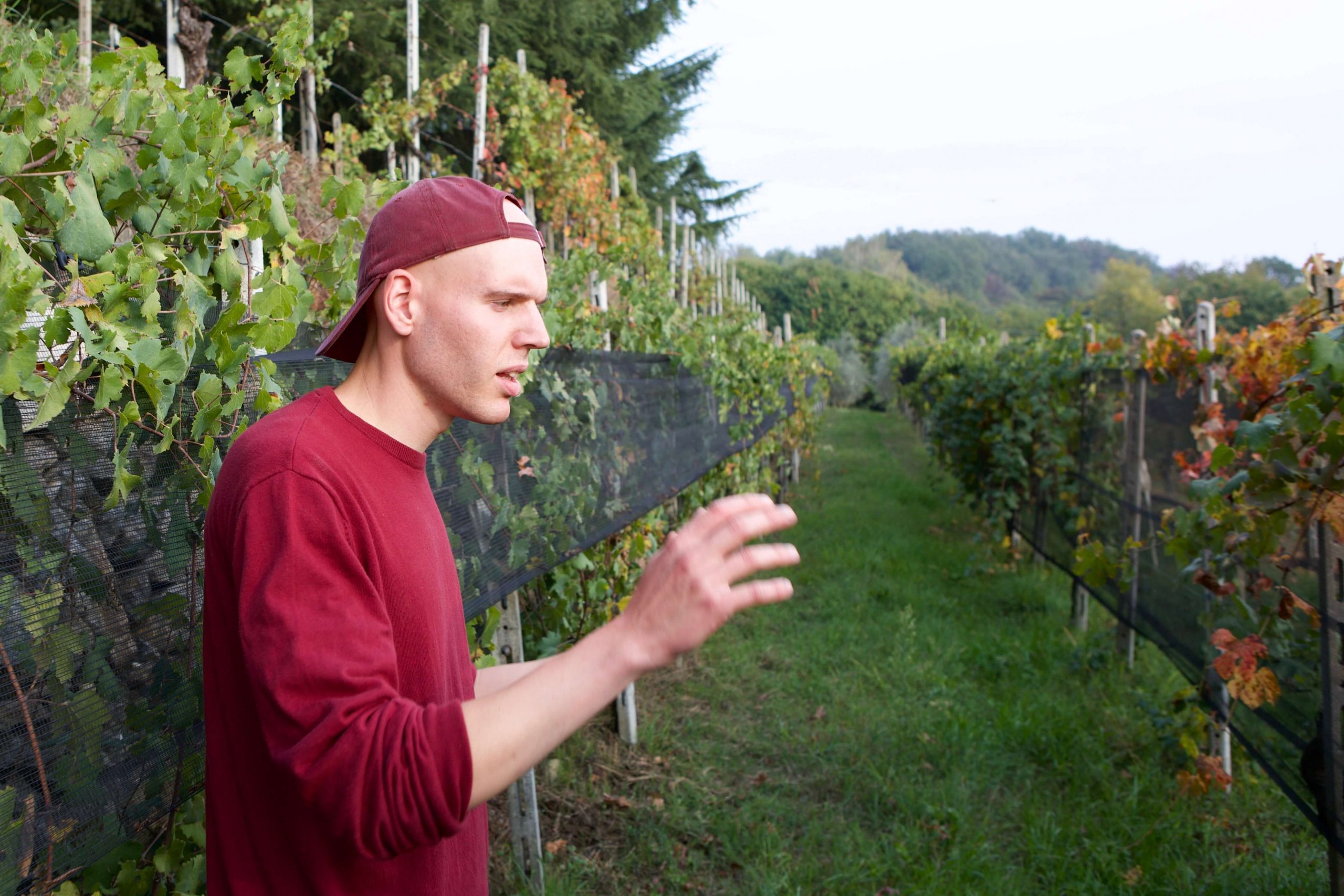
Eugenio’s Erbaluce di Caluso delivers varietal nuances of white acacia flowers and honey, and flinty mineral notes (called pietra focaia in Italian). They are more round than sharp in acid profile (credited to guyout training versus pergola) and with greater sapidity, which they attribute to the higher quartz content in the soil. The fruit is more in the white spectrum than yellow in contrast to most grown further into the DOCG to the west. Vinified naturally with sulfites added after alcoholic fermentation to inhibit malolactic fermentation, which is maintained at 18°C for two months to find the balance between fruitiness (lower fermentation temperatures encourage more fruit) and earthiness (higher temperatures more earth). It’s then aged in steel and filtered before bottling—an obligation to inhibit malic acid bacteria from restarting in the bottle. The overall style is a steady controlled flow of electricity on the palate and a very minerally nose supported by but not dominated by intended reductive elements to keep the wine fresh and taut. It’s gorgeous and a great pleasure to drink.
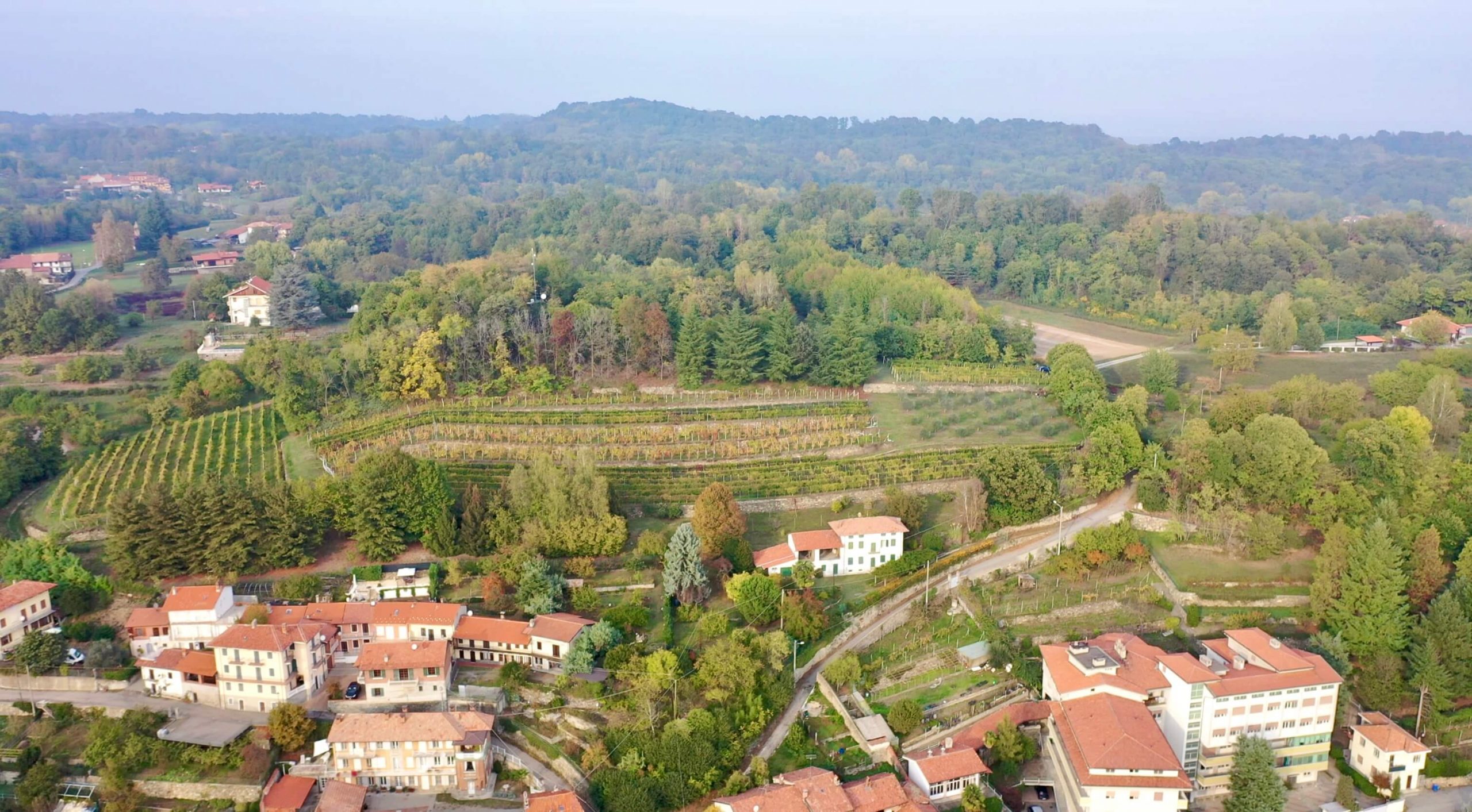
The Nebbiolo La Cucca leads with elegance over structure, by design, and when compared to Langhe and Alto Piemonte, it’s more aromatically delicate with finely delineated fruit and florals. The denomination is Canavese, even if it’s on the extreme east of the appellation and bears little resemblance to Canavese reds elsewhere in this extensive DOC. The 2020 hits high on the pleasure meter while remaining serious and laced with subtlety—a combination of high-quality vineyard materials, a clear direction, a soft touch, and a desire to put elegance above all. The elegance is accentuated with the use of a combination of medium-sized old wood and cement vats. Both Cristiano and Eugenio believe that morainic soils require this “third way” of making Nebbiolo. While Caluso isn’t ground zero for the world’s attention to Piemonte and Nebbiolo, these wines capture its purest essence, making them formidable in style and craft alone.
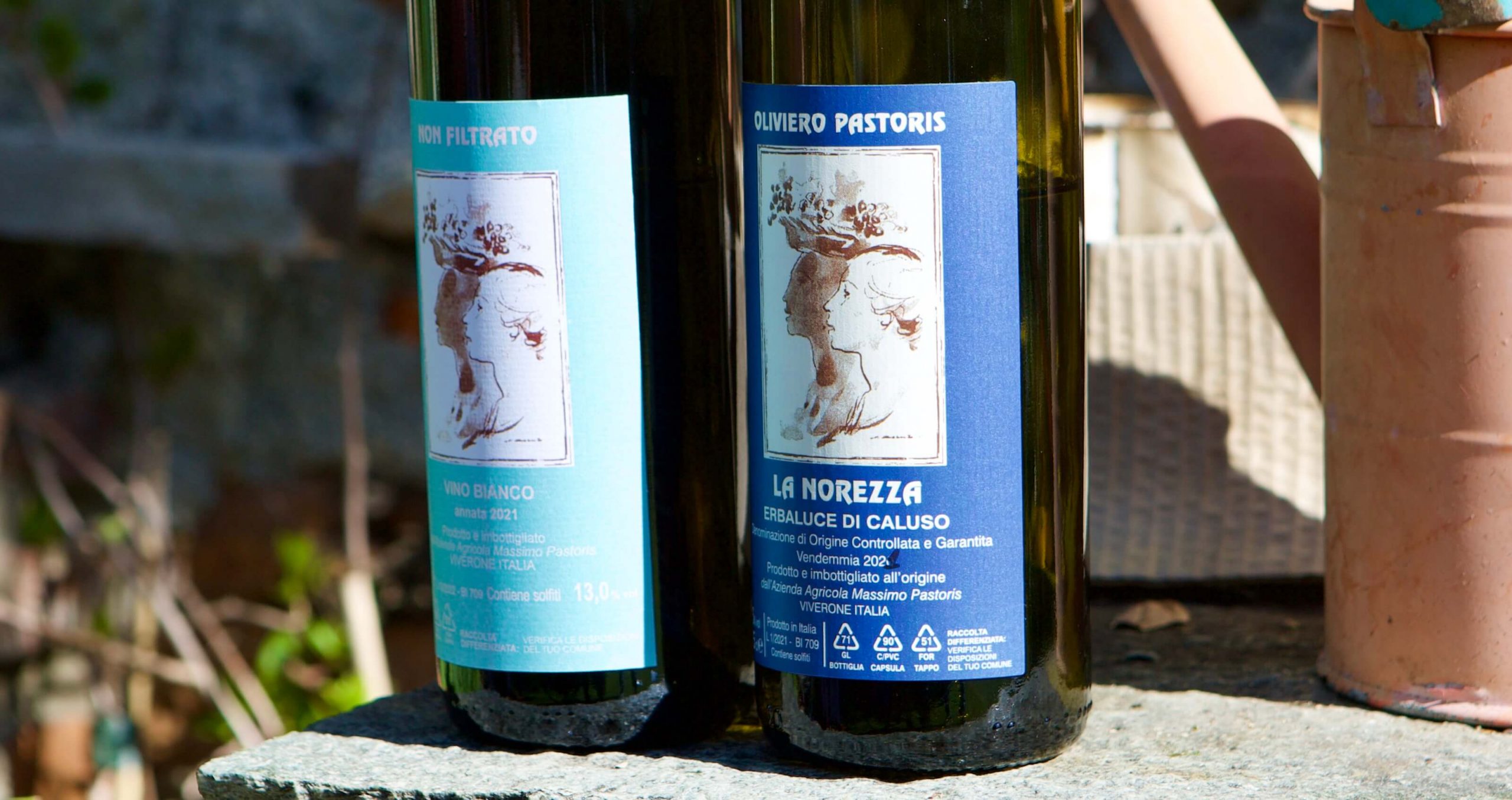
Massimo Pastoris - 2021 Canavese Nebbiolo “La Cucca” DOC
24+ in stock
Inside the Bottle: My first smell of Poderi Colla’s Barolo Dardi le Rose was mesmerizing. I tasted a 2001 vintage of it in Los Angeles at a BYO Barolo event. In the company of Barolo juggernauts like Giacomo Conterno, Cavallotto, Giacosa, both Mascarellos and many more, this wine of sublime finesse went straight to the top of my list, as it did with many other talented sommeliers in the room.
Few things are more thrilling than tasting one of the world’s greatest wines for the first time. With the help of Alfio Cavallotto, one of the greatest winemakers in Barolo, and one of the Colla’s biggest fans, an appointment with the Collas was arranged. Our visit with the Colla family was one of the most memorable I’ve had at any estate in Europe. Tino Colla and I hit it off immediately, and before long we began selling their wines.
The Poderi Colla Bussia “Dardi le Rose” comes from one of the most venerable houses in the Langhe. With over 300 years of experience, the Colla family, former owners of Prunotto (during their most legendary years, 1956 to 1994) began their first family estate, Poderi Colla, in 1994. While they strive to make wines of finesse and polish they don’t compromise Barolo’s capability for great ageability and deep complexity.
This wine is a stunner, expressing classic aromas of dried rose and orange peel, sour cherries, tobacco and leather that beckon your nose as far into the glass as it can go. The subtlety of the wine is extraordinary for a young Barolo and can be matched only by a few of the greats, like Guisseppe Mascarello’s Monprivato. Aromatically, the wine offers a brilliant constellation of classic Barolo scents. On the palate, the typically stern tannins of a young Barolo are finely polished and are buoyed by the refreshing acidity from the site’s high elevation. The palate aromas mirror the nose and add brown earth, dried cherry, aperol, toasted cedar, almond flower and fresh porcini. Floral and savory to the bone, this near masterpiece lends itself to a perfect Italian feast. One of the greatest wines in our collection, this should be drunk when you feel the desire to lose yourself in a wine of pure Piemontese dialect and culture. You might need at least two of these.
Other Stuff: It was this vineyard that, in 1961, Bepe Colla (who at the time owned the famed, Prunotto) decided to make the first commercially sold single-vineyard bottling of Barolo. It wasn’t a random decision, nor was the accidental that when Bepe sold Prunotto, he put all of his money for Barolo on this cru.
The Dardi le Rose vineyard faces South to Southwest, at about 300-350 meters above sea level and is on clay, limestone marls and some sandstone, all a perfect combination for a great vineyard site. The wine is raised in large slovenian cask for a little over two years and is bottled without filtration.

